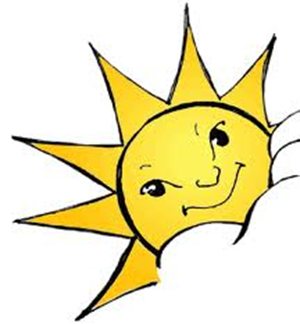
There is some fuzziness of the definitions for the various sun exposures terms that you may read or find on plant labels. “Full sun” definitely means at least six hours per day, but some plants such as vegetables really need eight to ten hours per day.
“Partial sun” or “partial shade” means that the plant needs 3-6 hours of direct sun per day. The terms sometimes are used interchangeably. However, being shaded in the morning is not the same as being shaded from the scorching afternoon sun.
“Partial sun” usually implies that the plant needs more sun and is more heat tolerant. “Partial shade” implies that the plant should be protected from the sun during the afternoon.
“Shade” does not mean pitch black, of course. More plants tolerate dappled shade than can live in really deep shade.
Regardless of a plant’s label, how much sun it needs or will tolerate varies with the strength of the sun and on how much you water.
If you methodically plot out the sun exposure in different parts of your garden, you may be in for some surprises. What is baking hot at noon may really be dappled shade the rest of the day. What is dappled sun in April may be full shade in July, when the shrubs need light to produce next year’s flowers. So create a chart once the trees have leafed out and make hourly observations.
Excerpts from a Handbook for Gardening in NOVA
Written by Margaret Fisher & Friends. This book is for sale at several of our locations and can be ordered on-line through Amazon.com. It is full of quick, easy to read tips on gardening in the Northern Virginia area.

